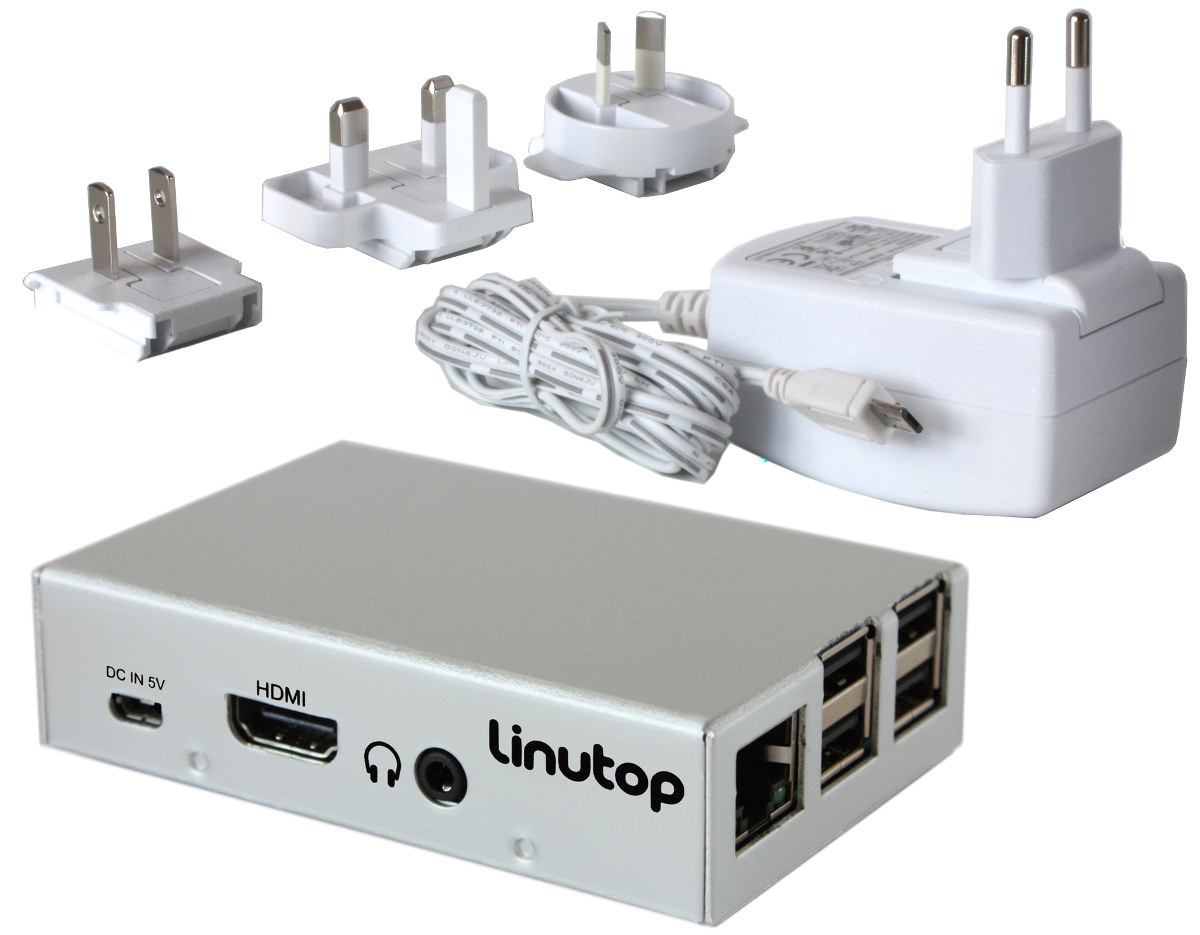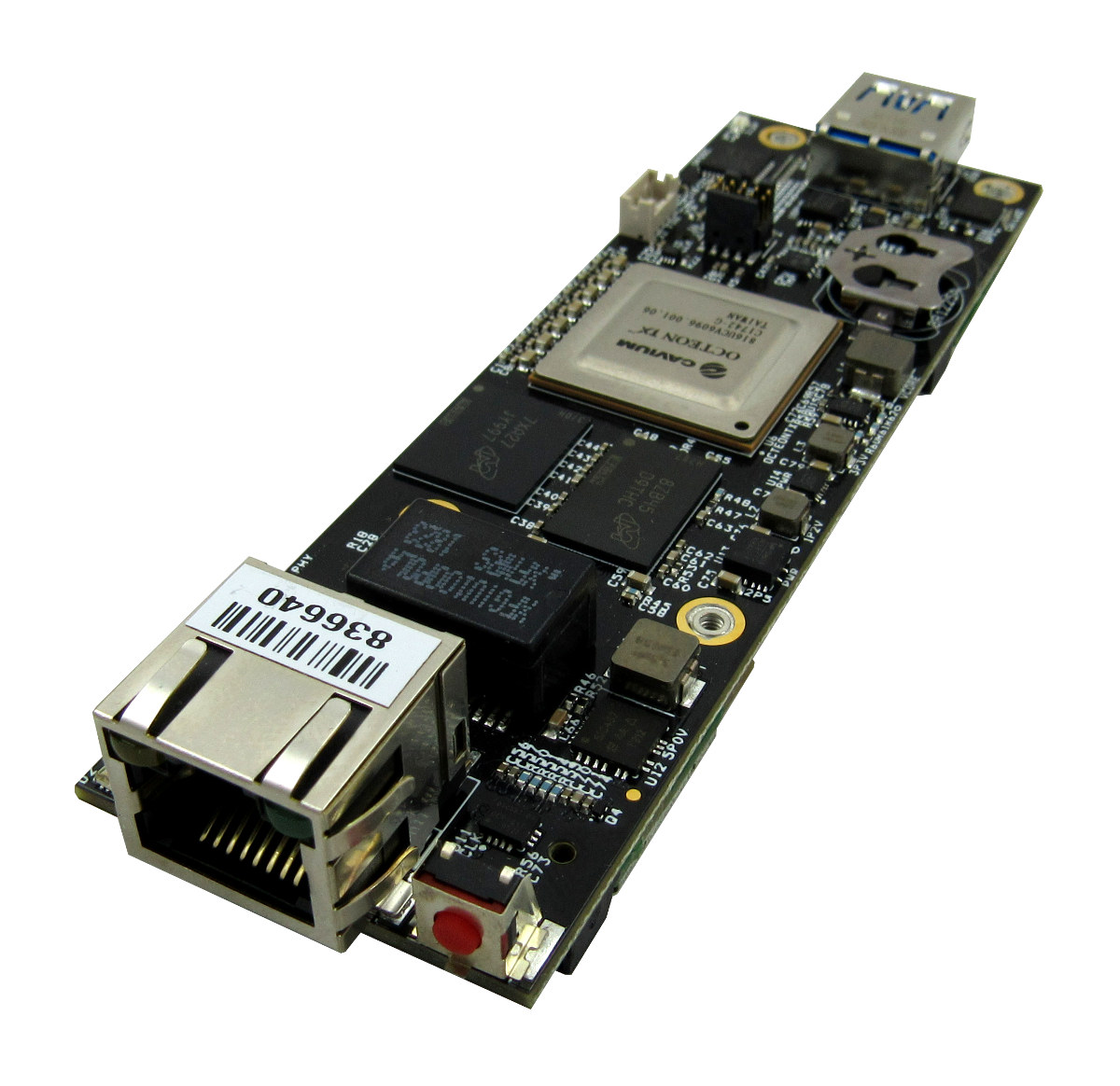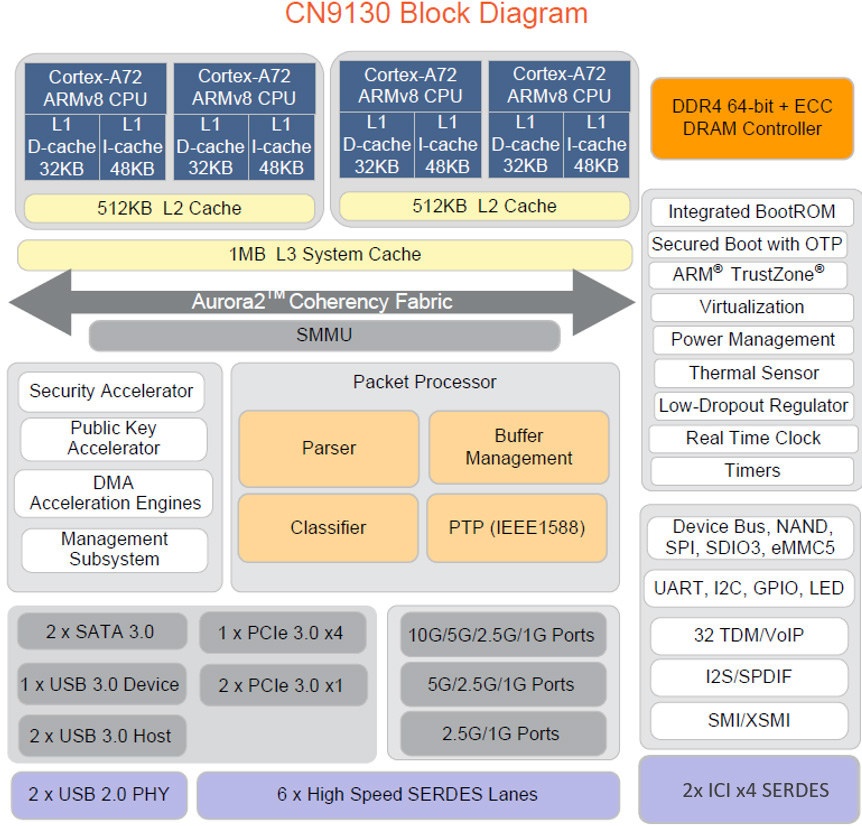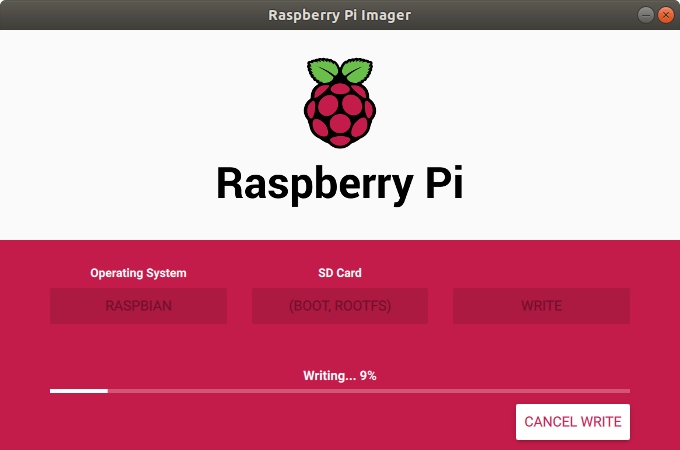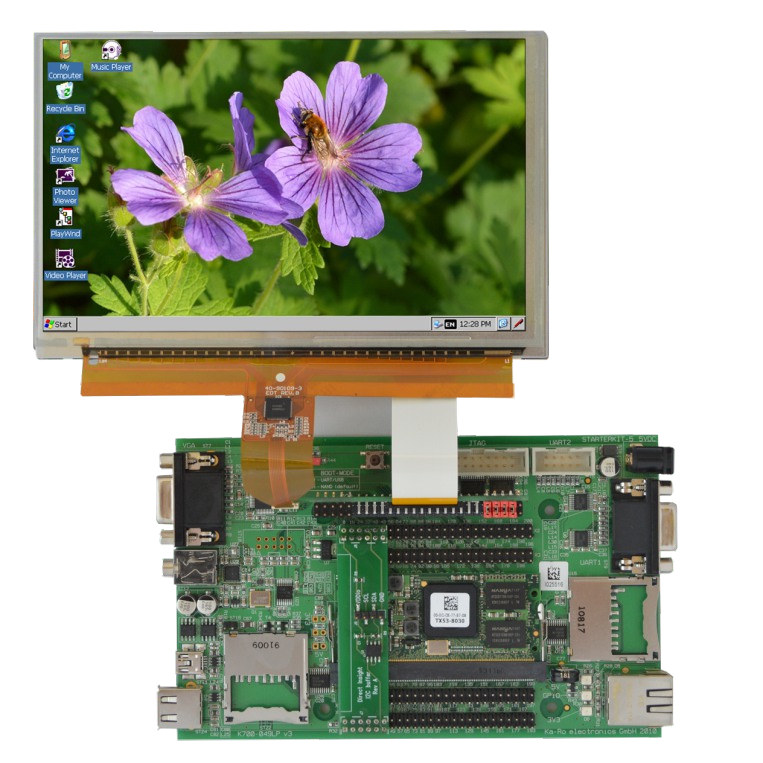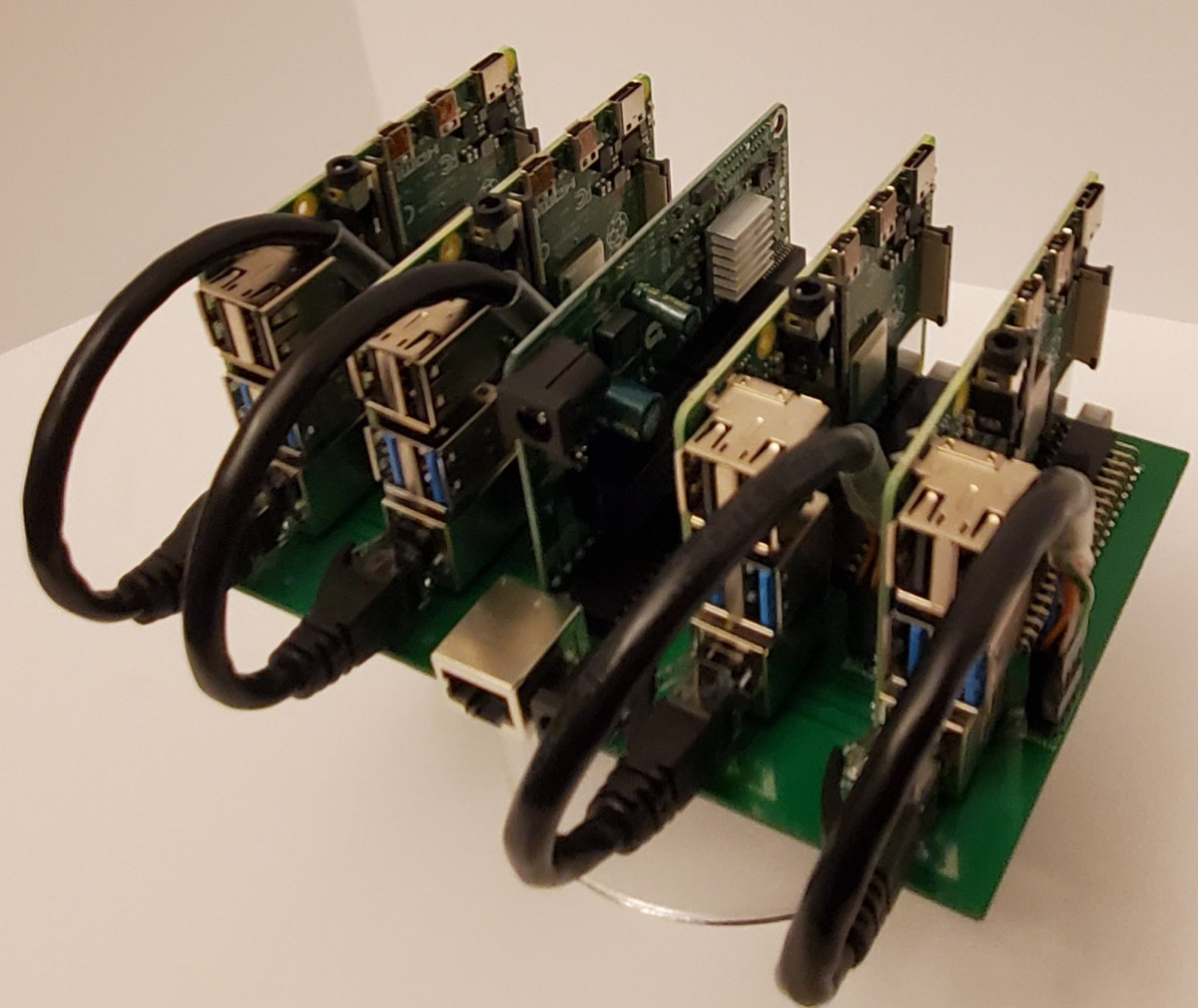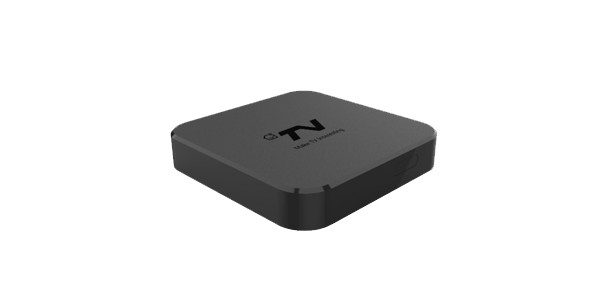Linutop is a French company offering software and hardware solutions for digital signage and secure web kiosks, and this morning we received an email about Linutop OS now working on Raspberry Pi 4 board. Linutop OS is a Xubuntu (x86) or Raspbian (Arm) based OS using XFCE desktop environment, and shipping with the company’s Linutop Kiosk program used to setup a web kiosk or a digital signage player controlled via Linutop TV Digital Signage CMS (Cloud or self-hosted). The kiosk/DS software and the content management system (CMS) are not open-source, but there are free demo versions. If you want to install the full version it will cost you 79 Euros, and a self-hosted license for the CMS goes for 196 Euros. The company also offers Arm and x86 digital signage players based on Raspberry Pi or UP Board SBCs. Linutop XS/XS3 Linutop XS is based on a Raspberry Pi 2 […]
Newport GW6903 is a Compact Marvell Octeon TX SBC with Gigabit Ethernet, Dual mPCIe, and USB 3.0
Gateworks introduced its Newport SBC family powered by Cavium Octeon TX processors and designed for networking applications in 2017. One of those boards was a compact SBC with one Gigabit Ethernet port, an mPCIe socket, and a USB 2.0 Type-C port. The company has now launched Newport GW6903 SBC with the same 100x35mm form factor but with one Gigabit Ethernet port, two mPCIe sockets, and a faster USB 3.0 Type-A port. Newport GW6903 specifications: SoC – Cavium Marvell Octeon TX CN8120 dual-core Armv8 processor @ 800 MHz or Octeon TX CN8130 quad-core ARMv8 processor @ 1.5 GHz System Memory – 1GB DDR4 SDRAM (Option up to 4GB) Storage – 8GB eMMC flash (Option up to 64GB), serial configuration EEPROM Networking – Gigabit Ethernet Port with Passive PoE Support GNSS – Optional Ublox ZOE-MQ8 GNSS GPS Receiver with PPS support USB – USB 3.0 Type-A host port Expansion 2x Half Card […]
Marvell OCTEON TX2 CN9130, CN9131 and CN9132 SoCs Target 5G Base Stations, Edge Networking, Storage Applications
A while ago, I was informed three new Marvell processors had made it to mainline Linux, namely CN9130, CN9131, and CN9132, but at the time, the description was a bit cryptic: The CN9130 is made of one AP807 and one internal CP115. There are three development boards that are made of this SoC: * CN9130-DB * CN9131-DB (with one additional modular CP115 compared to CN9130-DB) * CN9132-DB (with two additional modular CP115 compared to CN9130-DB) No other public information was available either, but Marvell has now published more details and those are OCTEON TX2 Infrastructure processors with four Cortex-A72 cores @ 2.2 GHz, up to 18x SERDES IO, and 10GbE. Octeon TX2 CN9130 key features and specifications: CPU – Quad-core Armv8 Cortex-A72 @ up to 2200 MHz with 48 KB I-cache, 32 KB D-cache, 1 MB total L2 cache divided into two clusters of 512 KB ECC shared cache, 1MB […]
Raspberry Pi Imager Makes Flashing OS Images Easier on Windows, macOS and Ubuntu
Most regular readers of this blog will probably find flashing operating system images to a MicroSD card to be child play. Just download the latest OS image, install balenaEtcher, select the image, the MicroSD card and you’re done. But people who have never used such tools may find it a bit confusing, so the Raspberry Pi Foundation has developer and now released a tool – Raspberry Pi Imager – working on Windows, macOS, and Ubuntu that makes it even easier. You’ll find the tool for your OS of choice on the Download page on Raspberry Pi website. I’ve given it a try in Ubuntu 18.04. Click on Operating System will bring you a list of the latest supported operating systems, an option to fully erase the MicroSD card, and another to install your own – already downloaded – custom image. I’ve selected Raspbian 2020-02-13, inserted my SD card and selected […]
TRITON-TX8M i.MX8M Mini / Nano Modules & Devkits Support Linux, Windows 10 IoT Core, and (Soon) QNX 7.0
UK-based Direct Insight has recently unveiled TRITON-TX8M system-on-module (SoM) powered by NXP i.MX 8M Mini or Nano processor, coupled with up to 2048MB DDR3L and a 4GB eMMC flash. The tiny (68 x 26 mm) SODIMM module is pin-compatible with the company’s earlier TRITON-TX i.MX6 / i.MX8 module family, and currently support Linux and Windows 10 IoT Core, with a QNX 7.0 BSP in the works. TRITON-TX8M SoM specifications: SoC TRITON-TX8MM – NXP i.MX8M Mini Quad 4x Arm Cortex-A53 processor @ 1.6 GHz with real-time Cortex-M4F core, Vivante GC NanoUltra 3D GPU + GC320 2D GPU, 1080p VPU TRITON-TX8MN – NXP i.MX8M Nano Dual 2x Arm Cortex-A53 processor @ 1.4 GHz with real-time Cortex-M7 core, Vivante GC7000UL GPU with OpenGLES 3.0, OpenCL and Vulkan support System Memory – 512MB, 1GB, or 2GB RAM Storage – 4GB eMMC flash 200-pin SODIMM200 edge connector with Storage – 2x SD Card/SDIO Display – […]
CloverPI Clusters Up to 4 Raspberry Pi Boards (Crowdfunding)
We’ve seen Raspberry Pi cluster boards before, and most of them either use Raspberry Pi Zero boards or Raspberry Pi Compute Modules. Some examples include Turing Pi Clusterboard for up to 7 RPi CM3 modules, Cluster HAT board taking up to 4 Pi Zero board, and Mininodes Raspberry Pi 3 COM Carrier Board. But some other solutions like Bitscope rely instead on full-sized Raspberry Pi 2/3/4 Model B boards. Another such option is IPTerra CloverPI board allowing up to 4 Raspberry Pi or compatible boards with 40-pin header to be clustered into a single unit powered by one power supply and connected via a 5-port Gigabit Ethernet switch. CloverPI is shown above without RPi boards. The mainboard includes four 40-pin headers, four 6-pin Ethernet headers for SBC’s, as well as one Gigabit Ethernet port, and one power jack. There’s also a board/card fitted in the middle of the latest version […]
$55 Watchy Smartwatch Combines ESP32 WiFi & Bluetooth SoC with E-ink Display
SQFMI has designed a (mostly) open-source hardware smartwatch based on an ESP32-S wireless module for WiFI and Bluetooth connectivity, and equipped with an E-ink display of 200×200 resolution. Watchy also comes with a BMA423 accelerometer, four buttons, a DS3231 real-time clock, and a vibration motor. The watch should last around 2 weeks on a charge. I mentioned the watch is “mostly” open source hardware because while the GERBER files, bill of materials (BoM) and the PDF schematics have been released on Github, the KiCAD schematics and PCB layout files have not so far. That still means you can understand the design, repair the design, or even make your own, but if you intended in modifying the design, you’d have some more work to do. Tom Fleet, writing for Hackster.io, does go through different sections of the schematics and explain what they do. One the software side, the watch can be […]
SDMC Unveils Amlogic S805Y Full HD Android TV 10 Media Box for Operators
The other day when I covered Amlogic A113L IoT/Smart audio processor, I did not realize I missed another processor from the company: Amlogic S805Y. It got brought to my attention today, as SDMC recently launched the “DV9038 Quad Core 2K Google Android TV Media Box” based on the processor that I initially thought was a cost-down version of Amlogic S805X Full HD SoC without Ethernet support since that’s the main difference between S905X2 and S905Y2 processors, but as we’ll see below my first assumption was wrong. DV9038 TV box specifications Let’s first check out what the box has to offer: SoC – Amlogic S805Y quad-core Arm Cortex-A53 processor @ up to 1.5GHz with penta-core Mali-450MP GPU up to 650MHz+ System Memory – 1GB DDR (2GB optional) Storage – 8GB eMMC flash (16GB, 32GB, 64GB optional) Video & Audio Output HDMI 2.0b with CEC, HDCP2.2, HDR 10, HLG HDR 3.5mm AV […]

